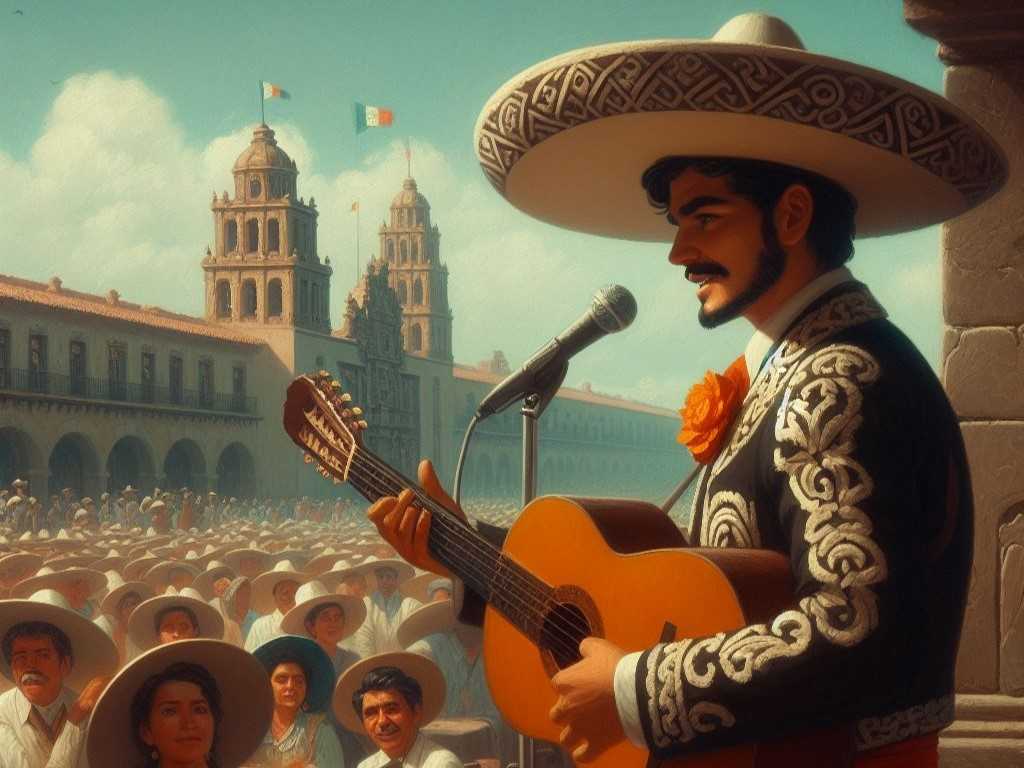How Mexico's Corridos Chronicle the Fall of Porfirio Díaz
The Mexican Revolution unfolds through corridos, lyrical ballads tracing Porfirian oppression, Francisco Madero's rise, and the people's rebellion. Aquiles Serdán's courage sparks a nationwide uprising, marking the fall of Porfirio Díaz.

Today, we're saddling up for a wild ride through Mexican history with the corrido, a lyrical gunslinger with more swagger than a mariachi band on tequila. This isn't your average ballad, folks. This is a tale of outlaws, revolutions, and everyday heroes, all sung with a wink and a strum of the guitar.
But before we dive into the dusty cantina where corridos were born, let's clear our throats with some context. The corrido's roots stretch back to Spain, where its ancestors, the carrerillas, were all about love, loss, and maybe a dash of banditry. But Mexico took this ballad form and injected it with a fiery spirit, using it to chronicle everything from the French Intervention to the Porfirio Díaz regime (think: a mustache so epic, it needed its own zip code).




